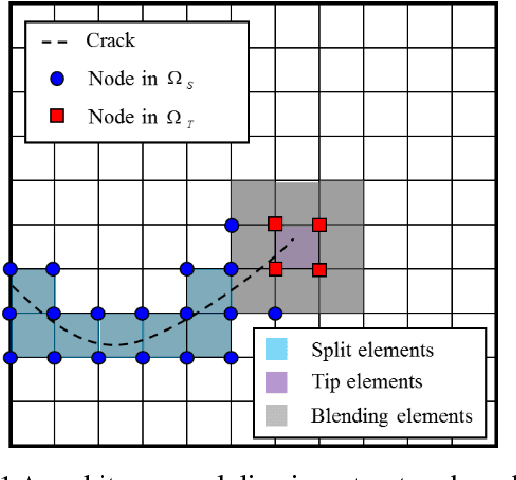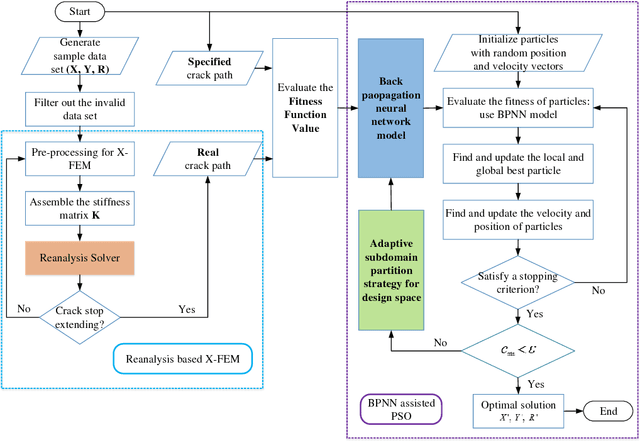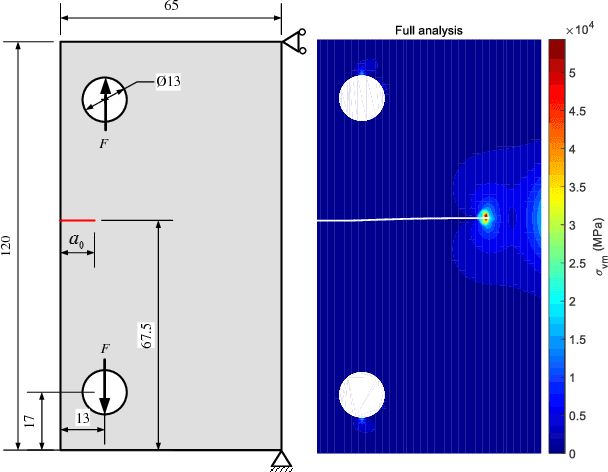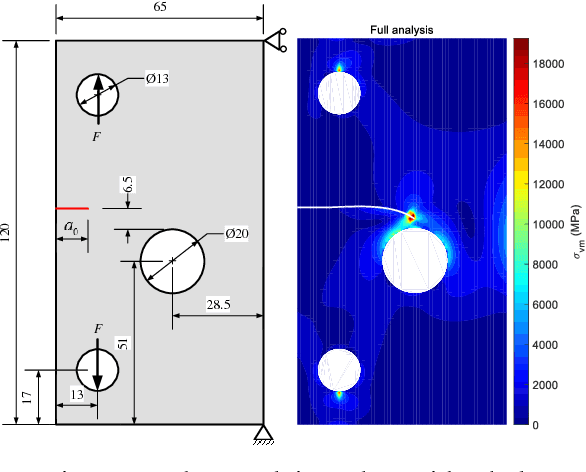How we can control the crack to propagate along the specified path feasibly?
Paper and Code
Nov 14, 2017



A controllable crack propagation (CCP) strategy is suggested. It is well known that crack always leads the failure by crossing the critical domain in engineering structure. Therefore, the CCP method is proposed to control the crack to propagate along the specified path, which is away from the critical domain. To complete this strategy, two optimization methods are engaged. Firstly, a back propagation neural network (BPNN) assisted particle swarm optimization (PSO) is suggested. In this method, to improve the efficiency of CCP, the BPNN is used to build the metamodel instead of the forward evaluation. Secondly, the popular PSO is used. Considering the optimization iteration is a time consuming process, an efficient reanalysis based extended finite element methods (X-FEM) is used to substitute the complete X-FEM solver to calculate the crack propagation path. Moreover, an adaptive subdomain partition strategy is suggested to improve the fitting accuracy between real crack and specified paths. Several typical numerical examples demonstrate that both optimization methods can carry out the CCP. The selection of them should be determined by the tradeoff between efficiency and accuracy.
 Add to Chrome
Add to Chrome Add to Firefox
Add to Firefox Add to Edge
Add to Edge